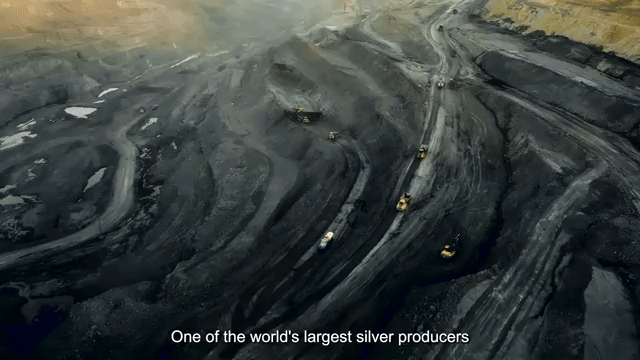Mining faces constant pressure from shifting commodity prices, strict regulations, and the need to operate leaner than ever. A single equipment failure or process bottleneck can halt production and drain millions in lost value. Misjudging process needs can be just as damaging. When there is too little capacity, slowdowns and unplanned downtime follow. When there is too much, valuable capital gets tied up that could have been invested elsewhere.
The most resilient operations avoid these costly mistakes by relying on data, not guesswork. They create clarity around how materials, equipment, and information move through every stage of production. With that insight, they can uncover bottlenecks, balance capacity, and keep resources focused where they deliver the most value.
Continuous improvement goes beyond simply making processes more efficient. It is a deliberate strategy for reducing waste, maximizing output, and staying competitive in a volatile and highly regulated industry. But to improve, you first need to see the full picture.
See it. Map it. Fix it.
Value Stream Mapping (VSM) provides that crucial visibility. By visualizing how work actually flows, it reveals inefficiencies that would otherwise remain hidden.
- It pinpoints delays and bottlenecks that slow production
- It eliminates redundant steps that add cost without adding value
- It provides a clear blueprint for a more efficient future state
In mining, VSM can highlight wait times between haulage and crushing, duplicated ore blending steps, or misaligned stockpile management. Once you can see the entire process, it becomes much easier to target improvements that make the biggest impact.
Two Proof Points: Real Mining Wins
Here’s how structured process improvement turned insights into measurable results.
Rethinking Haul Truck Utilization
A large open-pit mine faced high haulage costs with low truck utilization. Performance was measured only by tons hauled per truck per shift, overlooking the broader role trucks played in stabilizing production. A deeper fleet analysis showed that trucks also buffered crusher downtime and smoothed out stockpile fluctuations. By shifting focus from a single narrow metric to a holistic view of fleet performance, the mine strategically expanded its fleet, reduced unplanned downtime, and improved throughput.
Stopping Grade Giveaway
A processing plant consistently produced ore above required grade specifications, wasting time and resources without adding value. A root cause analysis revealed overly conservative grade targets, inconsistent ore blending, and unreliable sampling and measurement practices. By installing an online ore grade analyzer and standardizing the blend approval process, the plant cut quality giveaway by more than 50 percent and improved recovery rates.
See how Minitab Solutions helped save over $2,000,000 per month.

Small Changes. Big Impact.
Mining is complex, capital-heavy, and vulnerable to market swings. But even modest improvements in haulage, processing, or logistics can unlock major financial gains.
Continuous improvement builds efficiency today while creating the flexibility needed for tomorrow’s challenges.
What Could Simple Improvements Save Your Operation?




